Tom’s Hardware Verdict
MSI’s A13 360 AIO provides reasonable performance and noise levels for $99 USD.
Low prices for an AIO
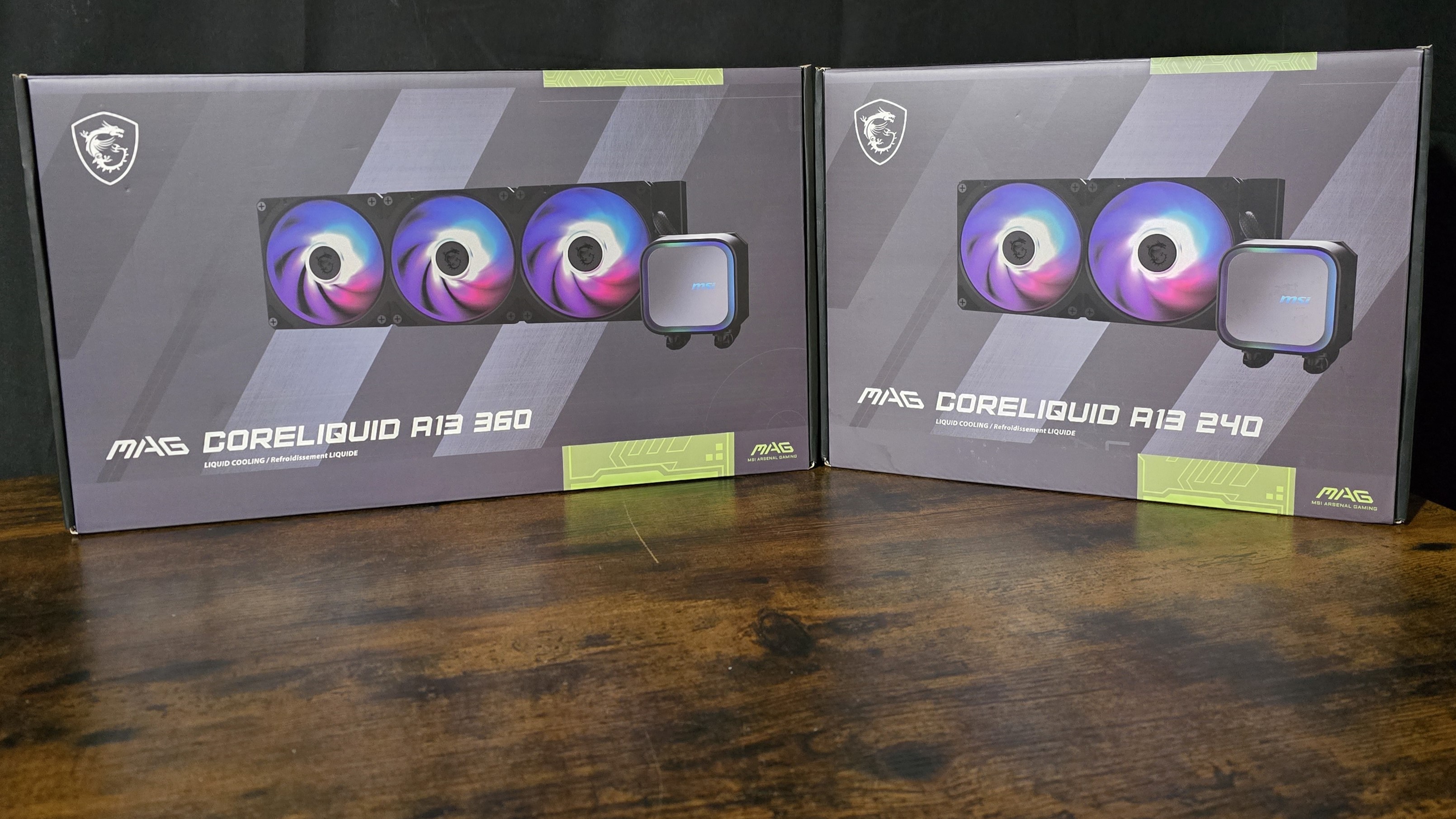
Good thermal performance
Pre-installed fans
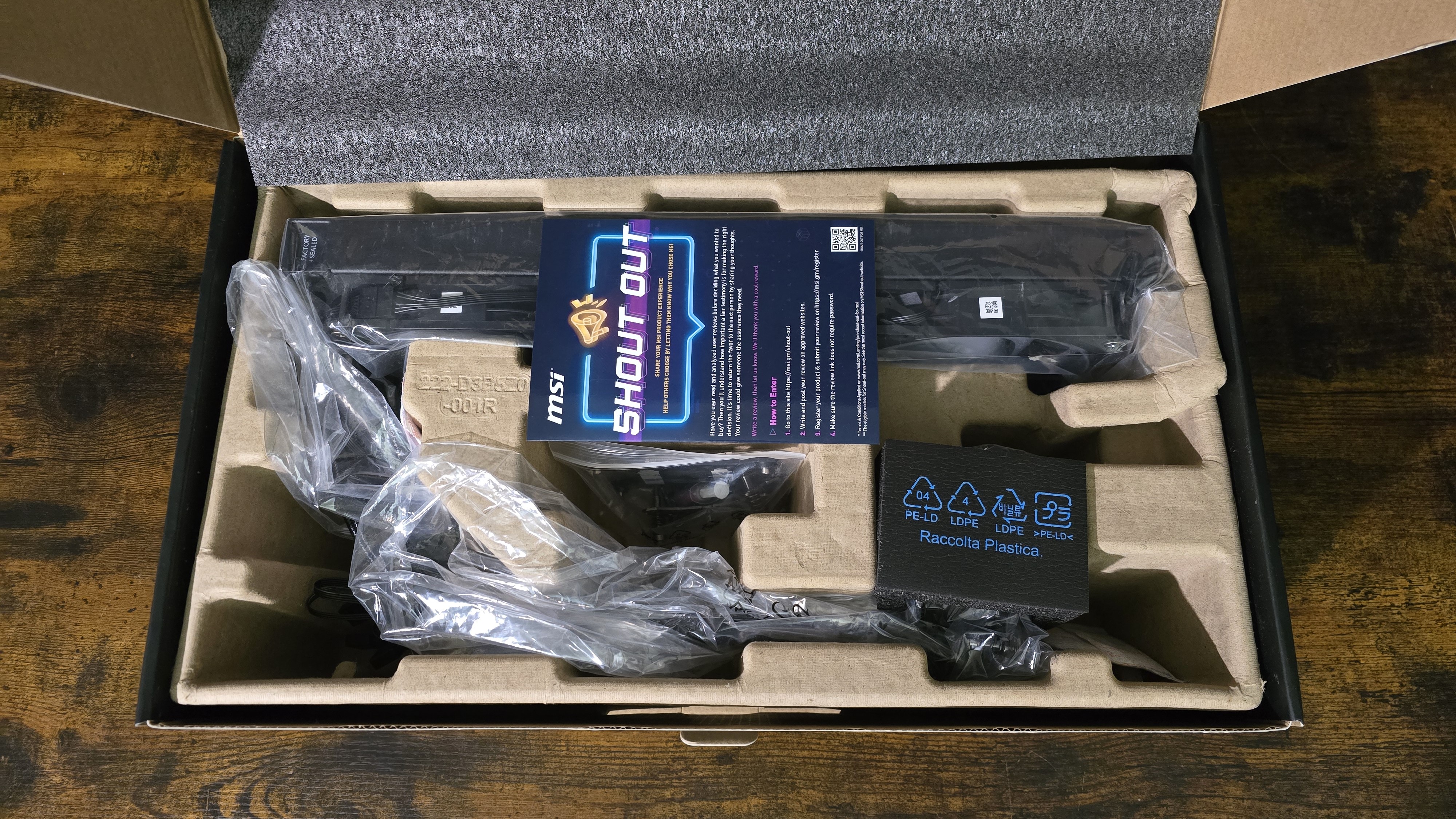
Cons
240mm version doesn’t provide much of a benefit compared to air coolers
Only supports recent CPU platforms
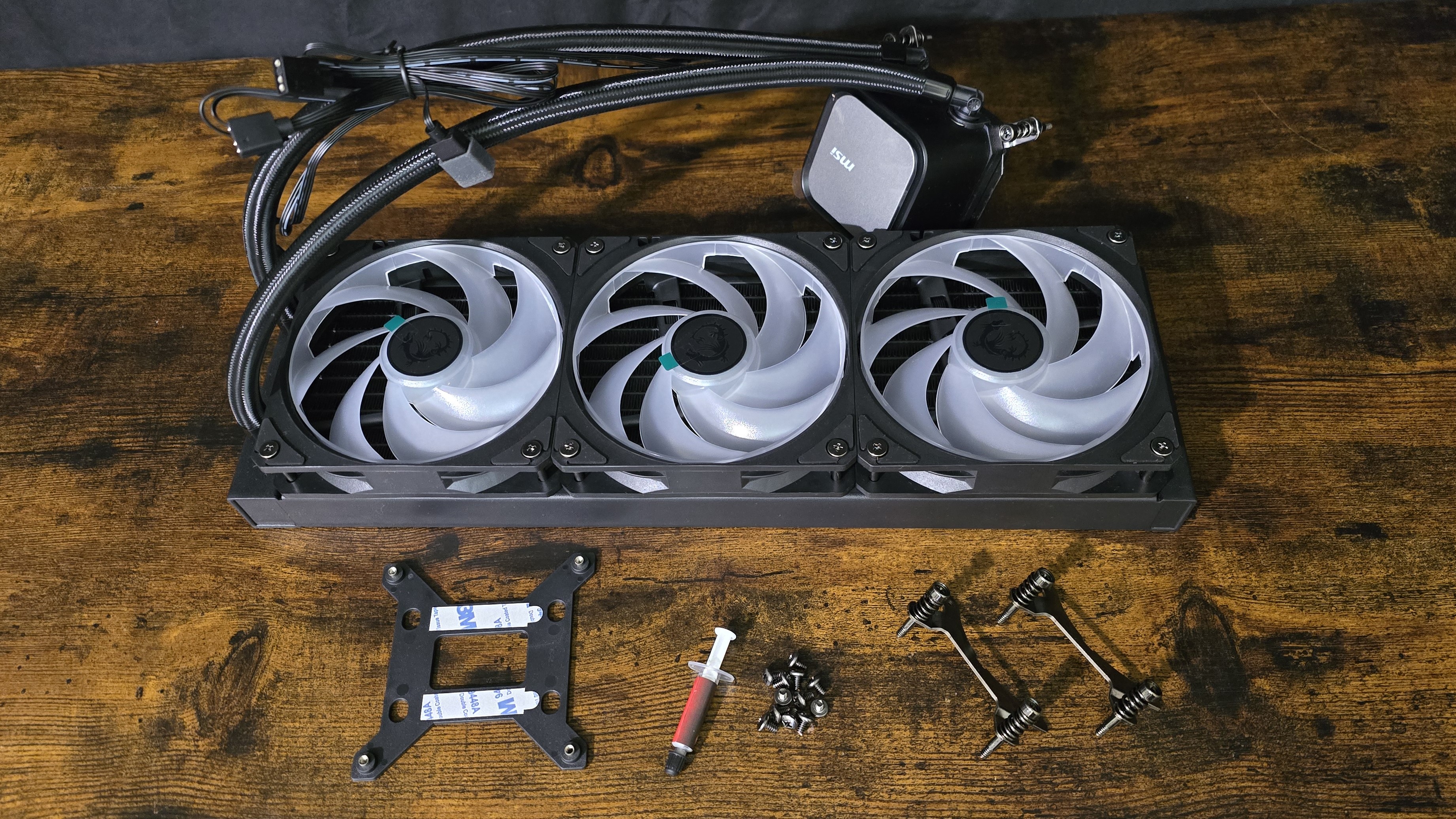
Why you can trust Tom’s HardwareOur expert reviewers spend hours testing and comparing products and services so you can choose the best for you.Find out more about how we test.
Features and Specifications
The A13 series AIOs are the latest budget liquid cooling offerings from Taiwanese hardware mainstay, MSI. These coolers don’t offer flashy features aside from some RGB, but that means they’re very reasonably priced, at just $99 for the 360 model and $79 for the 240 option. Will one of them makeour list of best CPU coolers? We’ll have to run our usualbenchmarksto be sure, but first we’ll take a look at their specifications and features.
Packing and included contents
The packaging of the 360mm AIO is much like many others, with molded cardboard for primary packaging and both cardboard and plastic coverings for the individual parts. The top is protected with a layer of foam.
There’s not a lot of extras with this AIO. Nothing like extra cable ties or whatnot, just the essentials you’ll need to install the liquid cooler.
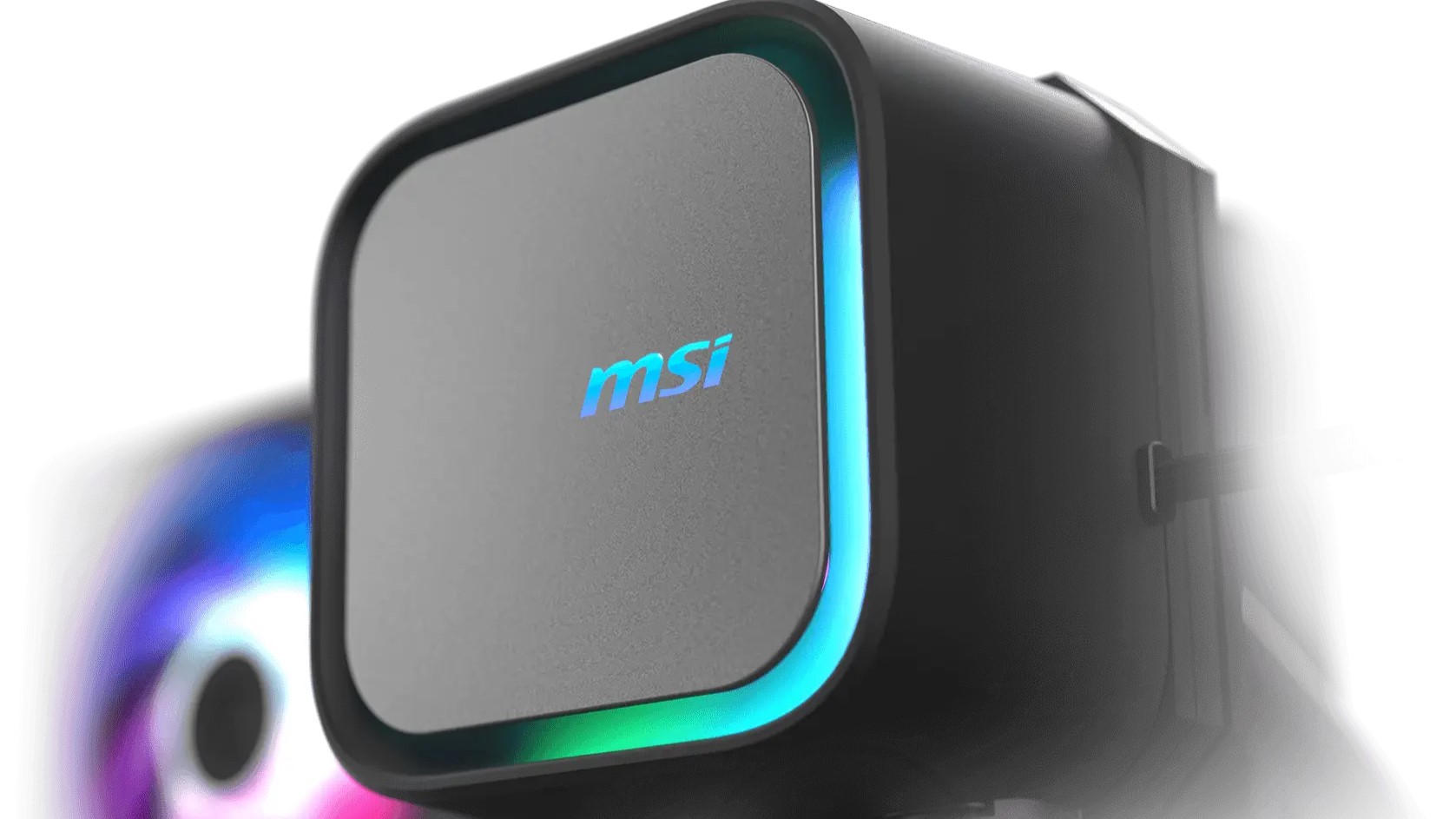
Features of MSI’s A13 AIOs
Subtle ARGB lighting
The CPU block has a minimalist diffused ARGB lighting strip, giving it some subtle flair.
Thermal Paste
MSI includes a very small tube of thermal paste with the cooler – suitable for one or two installations, but no more.
27mm Radiator
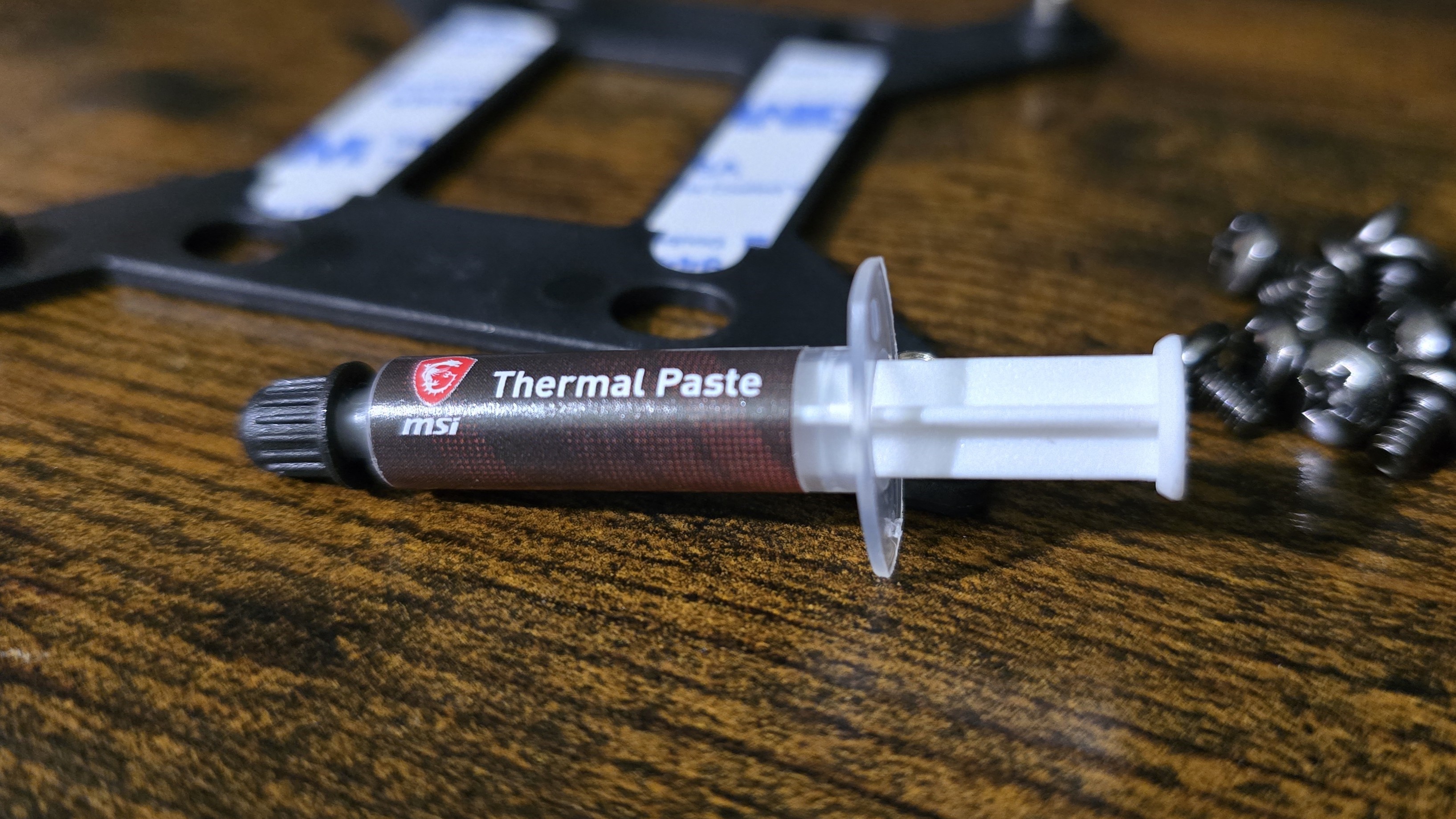
The A13 AIOs include a 27mm-thick radiator, which is standard for most liquid coolers.
Rotatable tubing
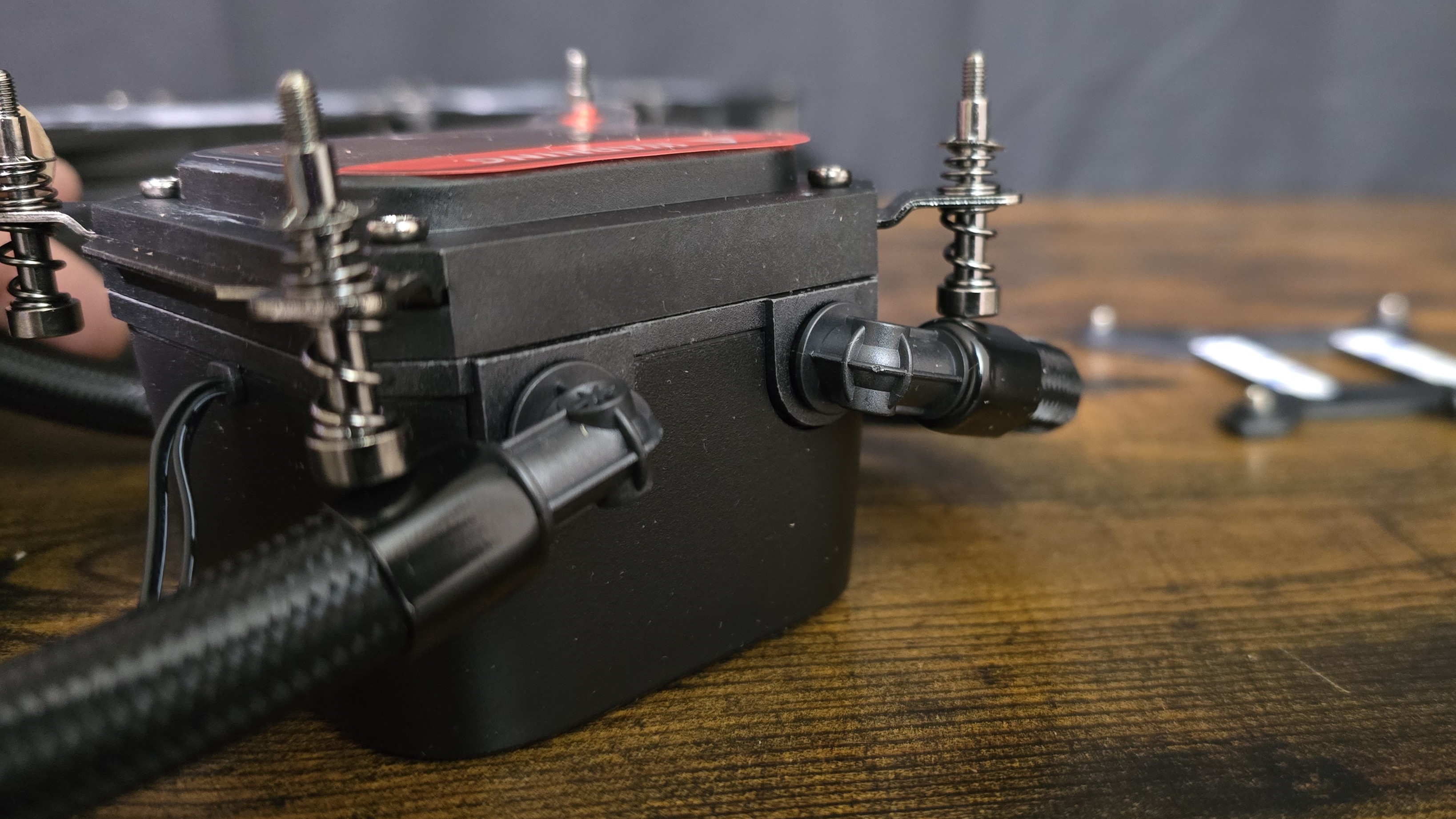
The tubing of MSI’s A13 AIOs is fully rotatable, which helps make installation easier.
120mm CycloBlade 7 fans, pre-installed
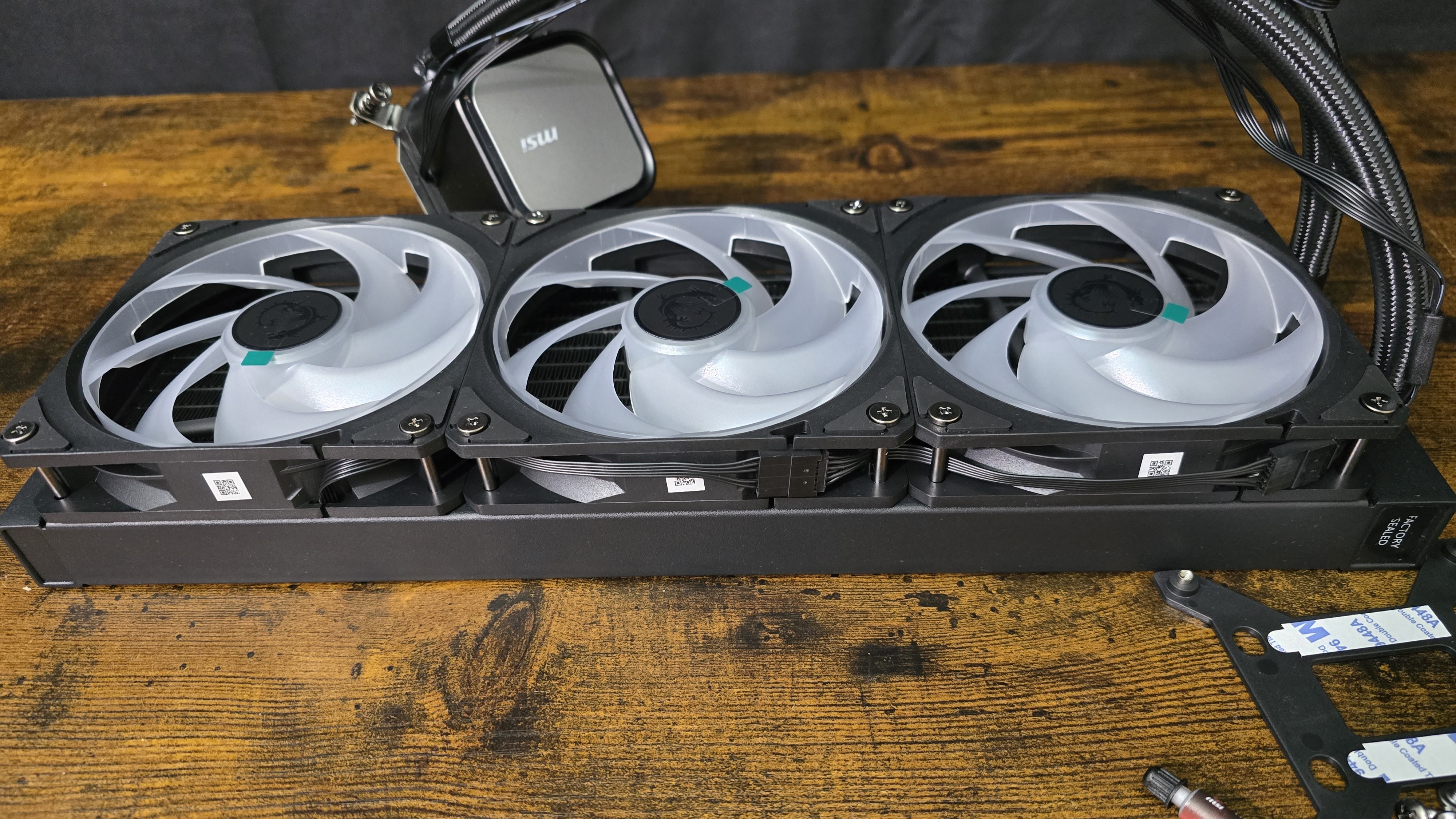
There’s more to a cooler than just the heatsink or radiator. The bundled fans significantly impact cooling and noise levels, as well as how the cooler looks in your case. The fans included here are MSI’s CycloBlade 7 fans, and are pre-installed on both 360mm and 240mm A13 AIOs – saving users a few moments of install time. This should be standard for most AIOs.
Testing configuration – Intel LGA1700 and LGA1851 platform
There are many factors other than the CPU cooler that can influence your cooling performance, including the case you use and the fans installed in it. A system’s motherboard can also influence this, especially if itsuffers from bending, which results in poor cooler contact with the CPU.
to prevent bending from impacting our cooling results, we’ve installed Thermalright’sLGA 1700 contact frameinto our testing rig. If your motherboard is affected by bending, your thermal results will be worse than those shown below. Not all motherboards are affected equally by this issue. I tested Raptor Lake CPUs in two motherboards. And while one of them showed significant thermal improvements after installing Thermalright’s LGA1700 contact frame, the other motherboard showed no difference in temperatures whatsoever! Check outour review of the contact framefor more information.
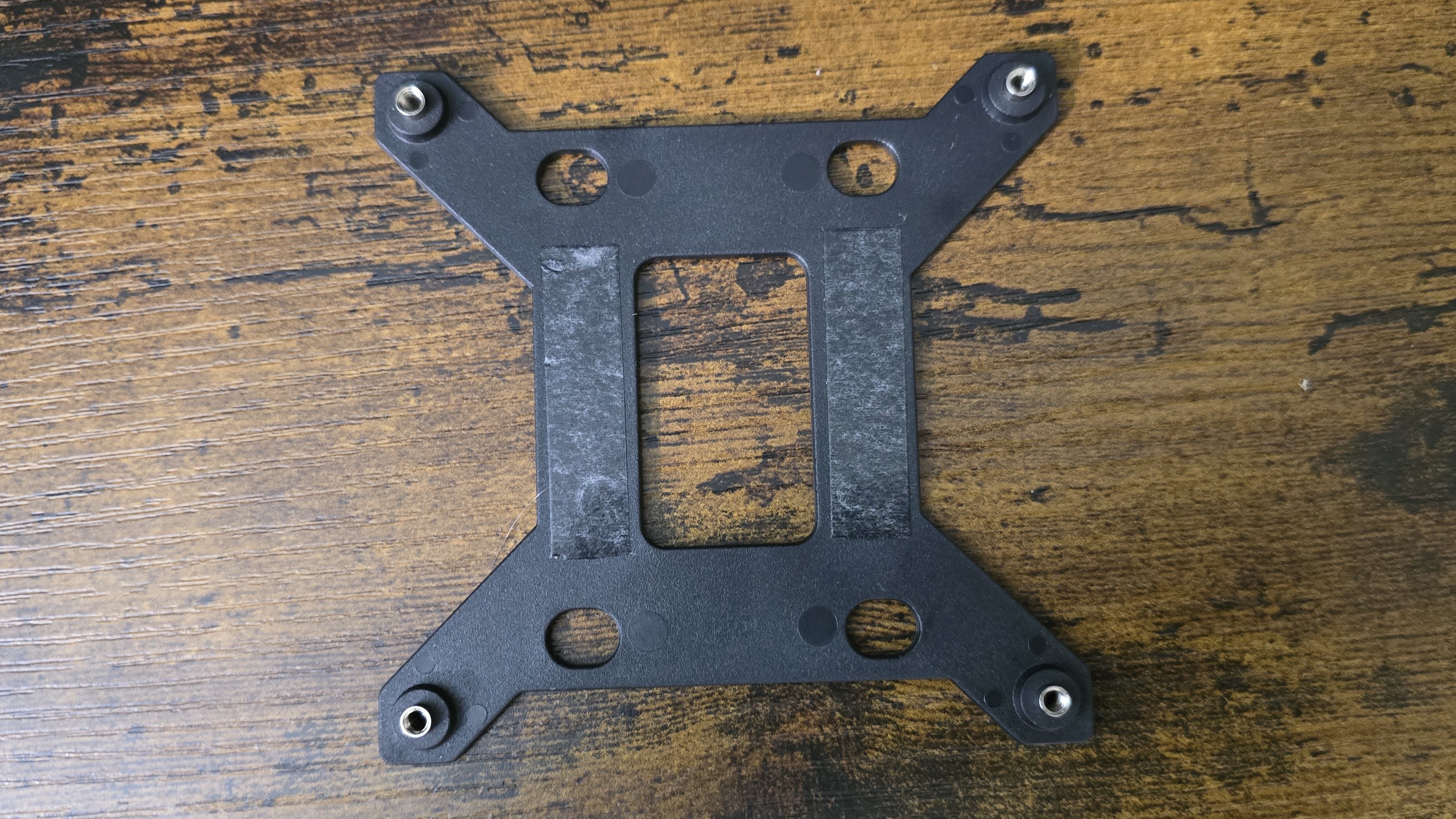
I’ve also tested this cooler with Intel’s latest platform, Arrow Lake and LGA 1851.
LGA 1700 and 1851 Installation
For most users, I’d recommend attaching the radiator and fans to your case before the steps below.
- You’ll first need to place the backplate against the rear of the motherboard. It features mounting tape, so you won’t need anything else to secure it.
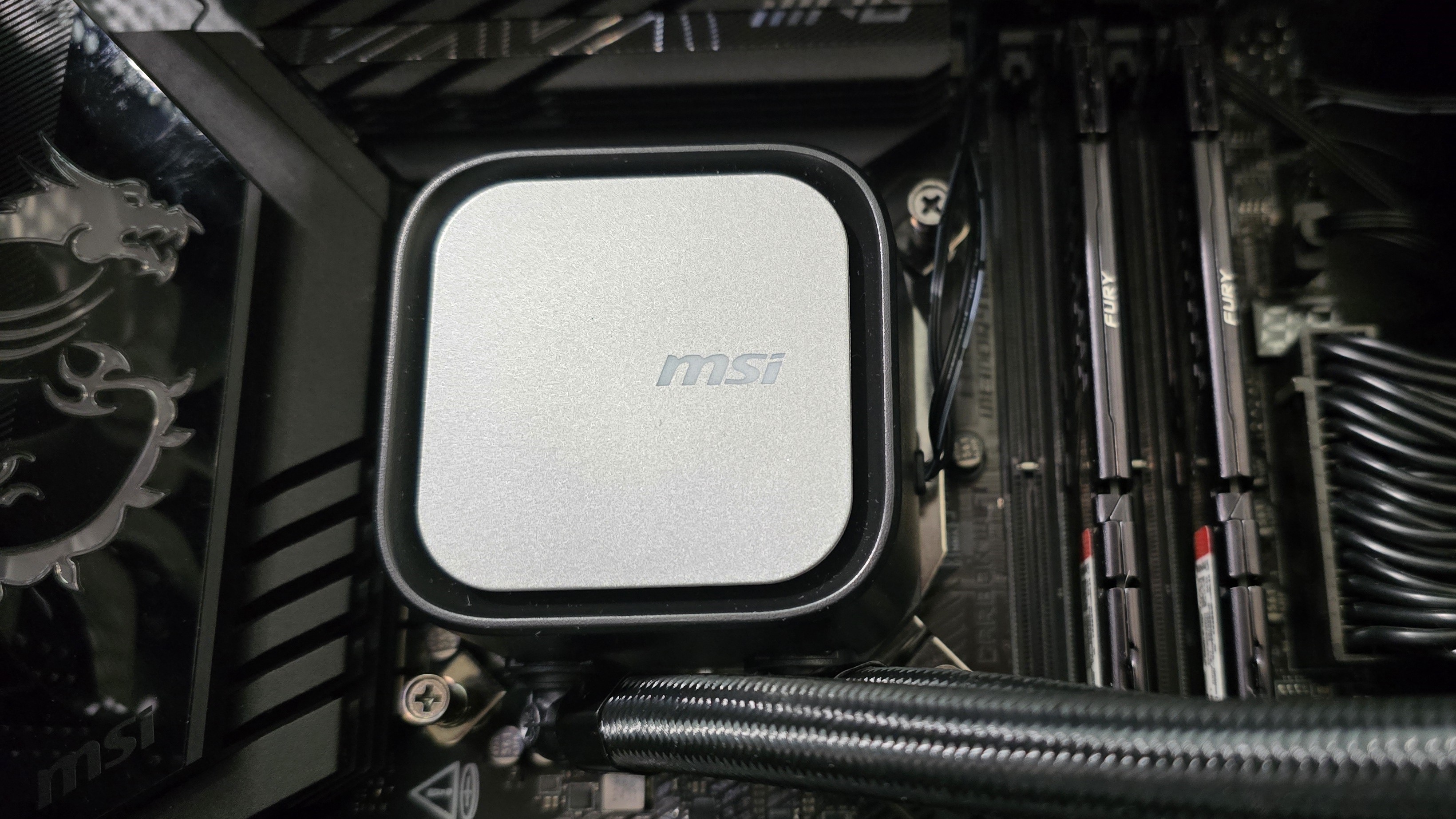
Apply the included thermal paste to your CPU. If you have any questions on how to do this properly, please refer to our handy guide onhow to apply thermal paste.
Next, simply take the CPU block and place it on top of the CPU, using a screwdriver to connect the four corners to the motherboard backplate.
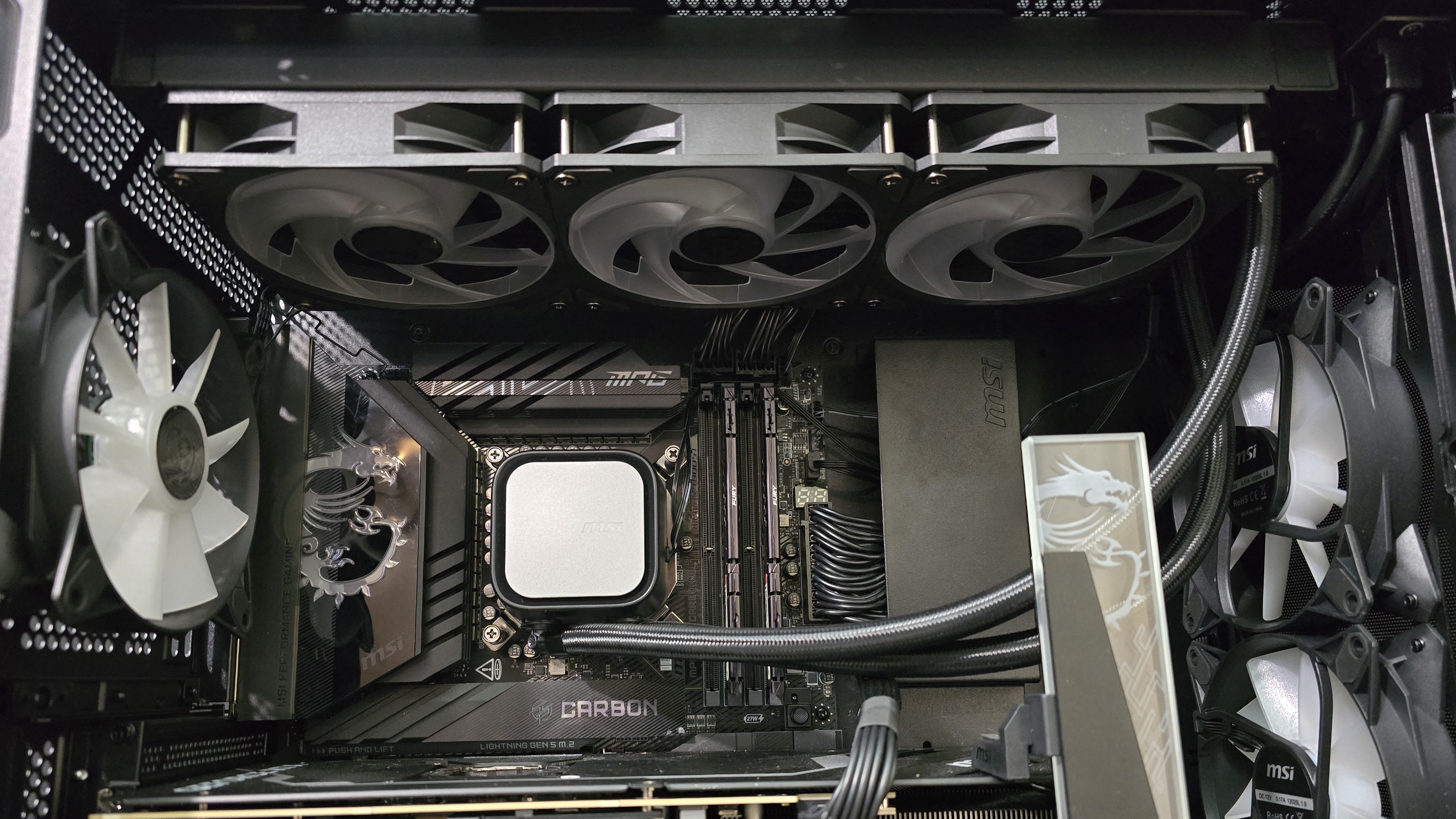
- Connect the ARGB and PWM connections to your motherboard, and installation is complete!
Current page:Features and Specifications
Albert Thomas is a contributor for Tom’s Hardware, primarily covering CPU cooling reviews.